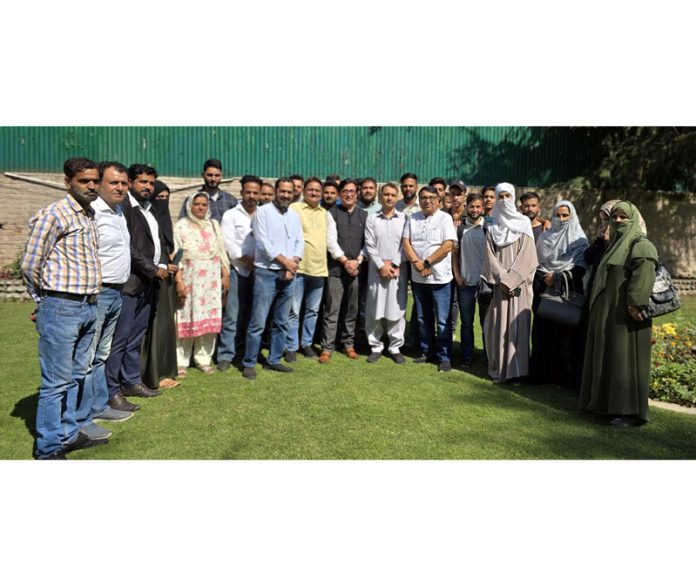Last Thursday morning it was pleasant and cool on the porch as I drank my morning coffee and watched two ruby-throated hummingbirds spar. It was a nice break from the hot, humid day before, although more was probably coming. Two chickadees were feeding at black oil sunflower feeders, which is a sure sign that September’s about to arrive.
One looked like the Southern Carolina species and the other had white on its wings and looked like the Northern black-capped . But when visitors ask me if the chickadee they’re seeing is a black-capped or a Carolina I just answer yes. In the Lehigh Valley and across into parts of New Jersey we’re in the chickadee hybrid zone where the two species interbreed.

An individual can look and sound like one species but still have the DNA of the other one. A first-year male American redstart was hawking insects in a tree not far from the chickadees. At this stage in its life this wood warbler that may migrate as far south as northern South America doesn’t resemble its name.
Young males are yellow, white, and gray, but when it becomes an adult the yellow areas will be orange/red. In that part of the front yard several single yellow sunflowers had germinated from fallen seeds. But a lot of the sunflowers David plants, and he plants thousands, are colored and multiflowering.
Autumn Beauty and Chocolate Cherry produce multiple flowers on a single stalk and will bloom for most of the summer. Recently atop a 2-foot-tall sunflower plant that’s only weeks old David found and then showed me a pair of mating grasshoppers. I didn’t try to identify what kind they were because there are more than 550 kinds in North America.
Most grasshoppers, or at least a lot of them, mate in late summer or early fall. The male on top of the female is the smaller of the two, and mating may take hours or a few days. But in many cases after mating the male dies and sometimes the female cuts off and eats his head.
After mating the female lives long enough to deposit egg pods that may contain up to 120 eggs in the ground. But she doesn’t live too much longer after that either. There is a big field of corn next to the mating grasshoppers and many deep blue morning glories were blooming up through its 10-foot cornstalks.
These wild morning glories almost certainly originated from Mexico, but near them was a patch of native evening primroses covered with yellow flowers. Evening primrose flowers don’t open until late in the day, but they may stay open until the middle of the next day. When they’re open they emit a sweet fragrance that attracts night pollinators, but each individual flower only lives for less than 24 hours.
In last week’s column I wrote about the fact that we don’t see as many nighthawks here in the East as we used to . But apparently they’re doing fine in the middle part of the continent. On Monday, Aug.
26, an astronomical 35,000 were counted at the Duluth, Minnesota, Hawk Ridge hawk watch site — 12,000 were seen during the day and 23,000 came through after 5 p.m. more lehigh valley outdoors news Our journalism needs your support.
Please subscribe today to lehighvalleylive.com ..


















